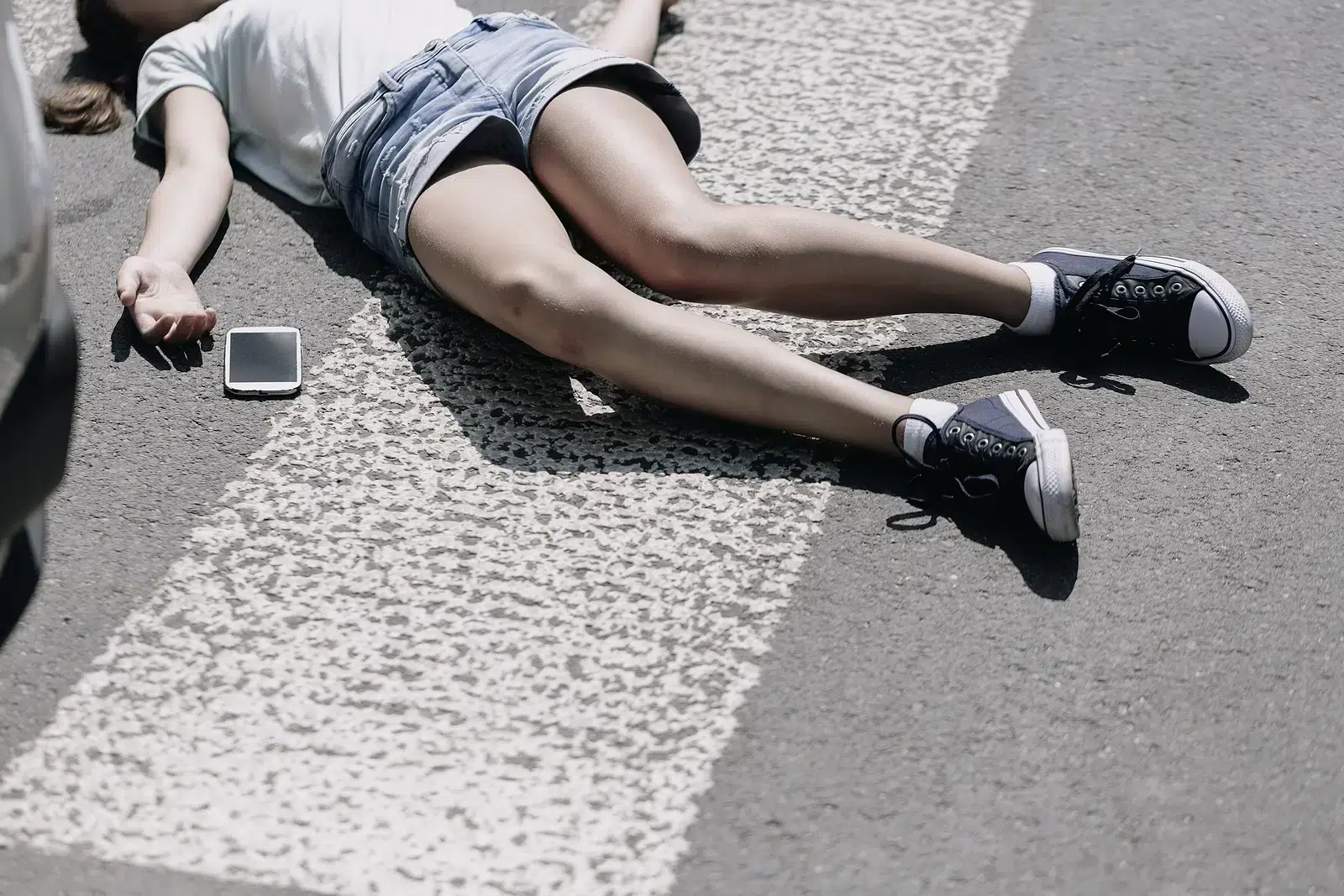How Can a Pedestrian Remain Safe on the Road?
According to the Texas Department of Transportation, there are certain steps a pedestrian can take to minimize the risk of an accident. To protect themselves and other motorists, a pedestrian should:
- Always use available sidewalks. When no sidewalk is available, walk on the left side of the road, facing the flow of traffic.
- Always use available crosswalks.
- Yield to oncoming vehicles.
- Do not assume that traffic will stop.
- Make eye contact with drivers before crossing to ensure you have been seen.
- Walk on the right side of a crosswalk so others may pass on the left.
- Look both ways before exiting a bus.
- Be aware of parked cars or other obstacles that may impede the view of traffic.
- When possible, exit a vehicle on the curbside of the street.
What Should be Done Immediately Following a Pedestrian Accident?
If you are injured as a pedestrian in Texas, there are certain steps you should take to ensure the best results for any possible claim you may wish to file. The best way to protect yourself is to:
- Seek medical attention. You may not immediately feel an injury that results from a collision. Some injuries may take hours or days to present themselves. A medical examination will address any sustained injury and serve as a formal report of the accident.
- Call 911. Regardless of injury, police officers should be called and notified of the accident. A police report serves as another vital record of the event.
- Exchange contact information. If able, gather the name, address, and phone number of the driver, as well as the names and phone numbers of any eyewitnesses to the accident.
- Gather evidence. If able, take pictures of the accident scene, including road conditions, street signs, vehicle damage, and personal injury.
- Consult with an attorney. Legal representation is a high priority following any type of accident. Call a personal injury lawyer at The Kahn Law Firm, P.C.
Do Texas Pedestrians Always Have the Right of Way?
In Texas, a pedestrian must obey all official traffic control devices unless an officer is present and is overruling the traffic control device. Additional laws include:
- A pedestrian cannot stand in a roadway for ride solicitation, contribution, employment, or business from a vehicle’s occupant.
- Vehicles are required to yield to pedestrians crossing at a designated crosswalk unless there is a controlling traffic signal.
- A pedestrian cannot suddenly leave a curb or other place of safety to enter a crosswalk in the path of a vehicle when the driver cannot yield.
- A pedestrian can only cross two adjacent intersections if they are within a marked crosswalk.
- A pedestrian cannot walk alongside or on a roadway if there is a provided sidewalk that is accessible to the pedestrian.
What are Common Causes of Pedestrian Accidents?
While there are many possible reasons for a traffic accident to occur, accidents involving pedestrians are usually the result of cellphone use, either by the driver or the pedestrian. Other causes of accidents include:
- Failure to grant the right of way to a pedestrian
- Driving while distracted
- Ignoring traffic signals and rules
- Driving while under the influence of drugs or alcohol
- Walking while under the influence of drugs or alcohol
- Drowsy driving
- Speeding
- Unsafe or illegal turns
What Injuries are Commonly Seen in Pedestrian Accidents?
When a pedestrian is struck by a vehicle, the sustained injuries are usually significant. Some of the most common injuries are:
- Brain injuries
- Broken bones
- Crush injuries
- Internal injuries
- Loss of limbs
- Scrapes, lacerations, and road rash
- Spinal cord injuries or paralysis
- Wrongful death
How is Fault Determined in a Pedestrian Accident?
To establish that a driver was responsible for an accident, the pedestrian must show negligence. Negligence is a legal theory based on carelessness or recklessness and relies on the establishment of four distinct elements:
- Duty of care. The driver owed the pedestrian an expectation of reasonable safety.
- Breach of duty. The driver did not uphold this expectation of safety.
- Causation. The driver’s breach of duty is directly responsible for the resulting injuries.
- Damages. This is the monetary amount of compensation sought based on the sustained injuries.
Modified Comparative Fault
The State of Texas uses a system of modified comparative fault that allows multiple parties to share responsibility for an accident. This means that a pedestrian can be partially responsible for the accident and still receive compensation for injuries. However, the amount of compensation will be reduced based on the pedestrian’s percentage of fault.
For example, if a pedestrian is found to be 25% at fault for an accident and is awarded $100,000, then he or she would receive $75,000.
Furthermore, if a pedestrian is found to be 50% or more at fault for the accident, then they will not be able to collect any compensation.
When is a Pedestrian at Fault for an Accident?
There are certain situations when a pedestrian is entirely responsible for an accident, such as:
- Ignoring a “Do Not Walk” signal
- Walking on a bridge, highway, or byway where a pedestrian is not allowed
- Walking into traffic while intoxicated
- Darting into traffic
- Jaywalking or walking outside of a crosswalk
How Long Do I Have to File a Claim?
The statute of limitations for a personal injury case, in most cases, is two years from the date of the injury. Claims filed outside of this timeframe may be barred.
Do I Need an Attorney?
If you have been injured as a pedestrian, you need legal representation you can count on. Call The Kahn Law Firm, P.C. today at 713-999-6549 or fill out a contact form for a free consultation.



